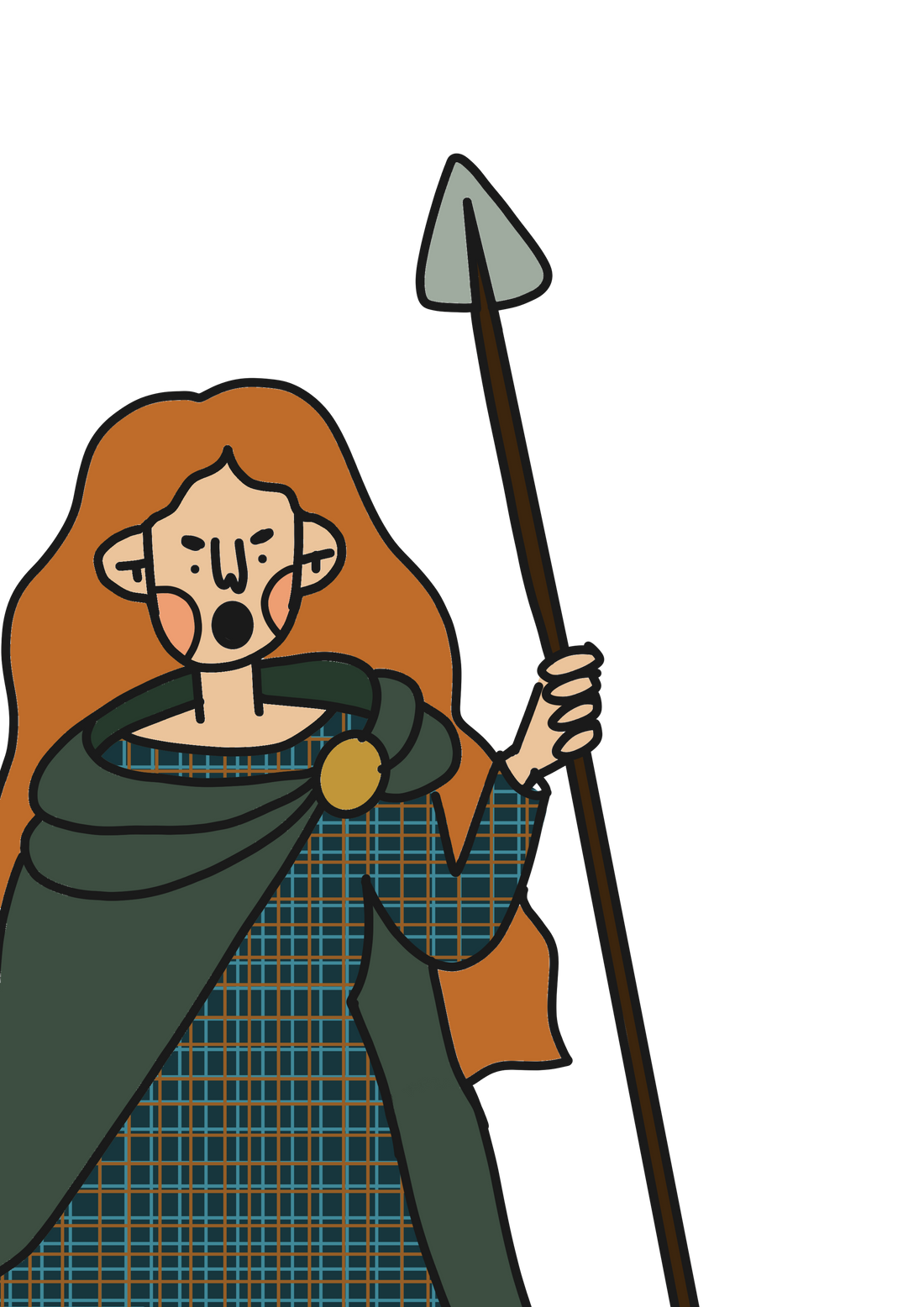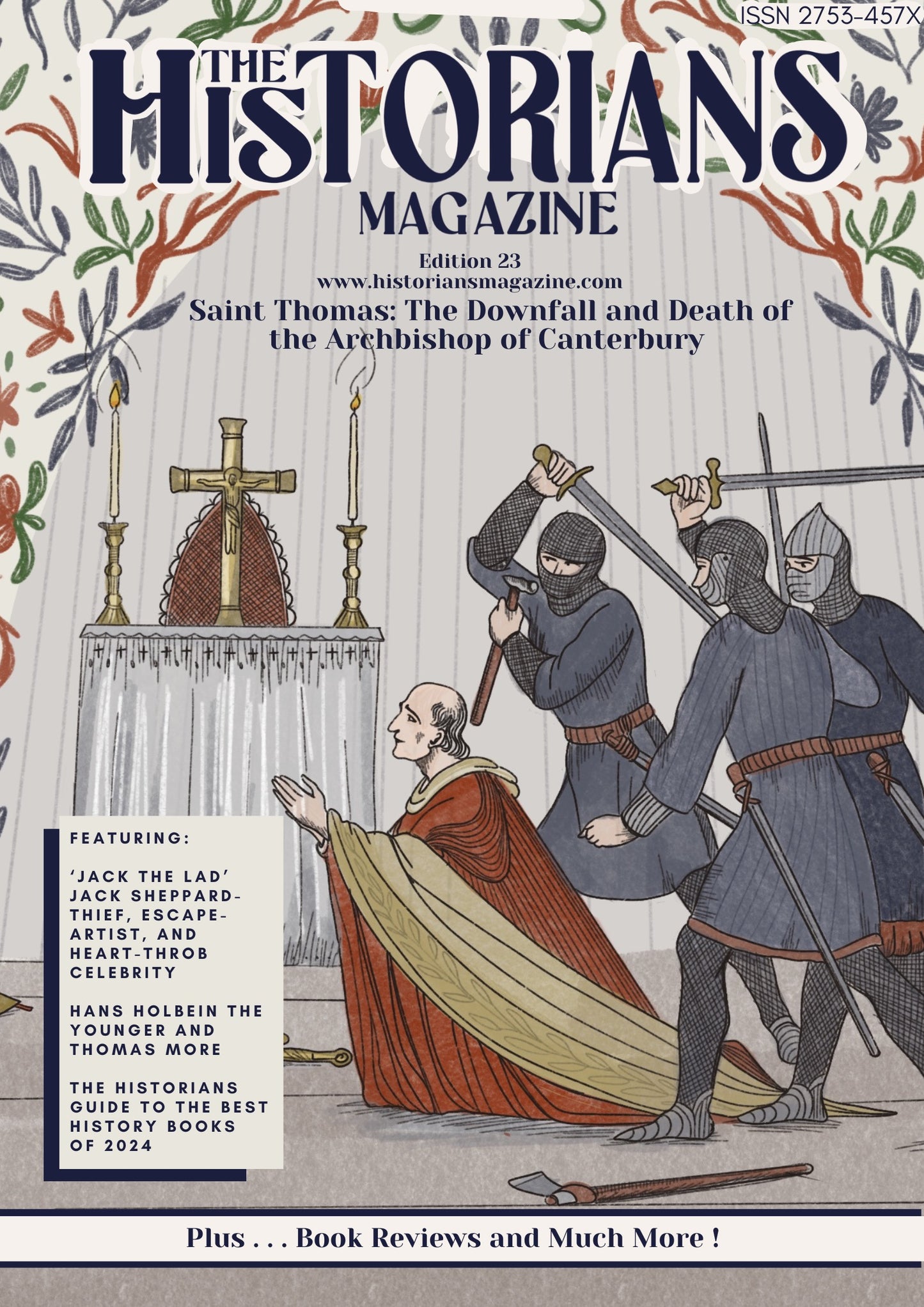
Boudica for kids
Share
Who is Boudica and why did she revolt?
Boudica is thought to be born around the year AD 30, and since there’s no pictures we don't know what she looked like. One ancient Roman historian described her hair as yellow like the sun or a lion, but another said she had long red hair below her waist. So you can colour her however you like! Her name is similar to the Celtic word ‘bouda’ which means victory, so maybe she was always meant to be a warrior, or it's a ‘stage name’ given to her after she becomes a queen.
Boudica was queen of the Iceni tribe, a Celtic tribe living in what is now Norfolk. Her husband Prasatagus was the king of the tribe, he was rational when dealing with the Romans, and they left him alone to rule his tribe.
Before Prasatagus died, he promised to leave half his land to the Romans and half to Boudica, but when he died in AD 60 the Romans decided to take all the land, and the Icenis belongings.
The Romans should have let Boudica still rule her tribe but instead decided to take over, and were cruel to her two daughters.
Boudica was outraged and insulted, so decided to fight the romans.
How she started & gained support.
In AD 60 or 61 (historians can’t decide exactly when) she led her army across Britain. The Roman army was in North Wales trying to gain control, so Boudica managed to burn down the biggest Roman town before the army got to her.
On her way through the country other tribes came to her side in support. The first were the Trinovantes, the Icenis’ neighbours. In the end she apparently had at least 100,000 people, all coming from the surrounding tribes who were angry with the Romans trying to rule their kingdom.
Boudica's rebellion almost destroyed Roman Britain.
First, they marched to Camulodunum, now called Colchester, which was the Roman capital. The Romans sent an army of just 200 men, who were unable to defend the city. It’s safe to say the Romans underestimated Boudica and her angry Celts. They were also not used to the chaotic way the Celts threw themselves into battle, and painted themselves blue to look more frightening. The city was burnt to the ground, and they even beheaded a statue of the Emperor, Nero.
When the ninth legion of the Roman army rushed to Camulodunum to try to rescue the remains of the town, Boudica’s army ambushed them and wiped out their infantry!
The Celts then went on to the trade centre of Roman Britain, Londinium, now called London. Gaius Seutonius Paulinus, who was in charge of the Roman army in Britain, actually managed to get his troops there before Boudica, but the town didn’t have enough men or defences, so they decided to leave it, let Boudica take it and did the same to Verulamium! When these towns were destroyed by the Celts, historians say that over 70,000 Romans and their supporters were killed.
Whilst Boudica destroyed these Roman towns, Paulinus was sorting out his army, gathered 100,000 men and got ready to attack. He used the smart Roman military tactics that you've already heard about on page 13, and the final battle took place on a Roman Road now called Watling Street.
Boudica's last stand
The final battle was the Battle of Watling street.
The Romans tricked the Celts into a long narrow ditch so they were trapped.
As fierce as Boudica and her Celts were, they didn't use battle strategies as smart as Paulinus and his troops.
Even though the Celts had more men, the Romans were very well equipped or organised.
The Roman army stood in a narrow valley with the woods behind them, so the Celts would only attack them from the front. The Celts had to charge at the Romans, and eventually sort of squashed themselves as more and more people piled into the small area. They had even brought their families along on carts behind them, so couldn't run away and escape behind them.
Boudica's army was killed, and the Roman army apparently only had 100 deaths, but we don’t believe the number could be so small!
What happened to Boudica?
The Celts lost the battle, and no one really knows what happened to Boudica. Cassius Dio said that she fell ill after the battle and died, but Tacitus says she poisoned herself to avoid being captured by or killed by the Romans. Both of these Roman historians wrote long after her death, so we will never really know what actually happened, because any Celts who might have seen what happened to her, didn’t write down the story!
The Romans went on to rule England for another 350 years, but Boudica's story lived on, and the Romans had to keep a closer eye on any British rebels.
Illustration by Alex West. Written by Katie Arnold.


